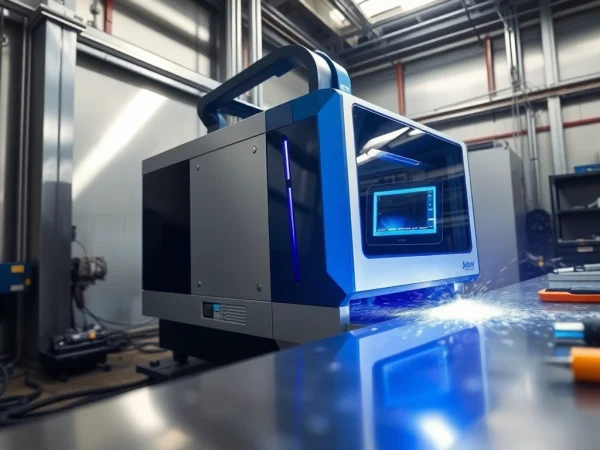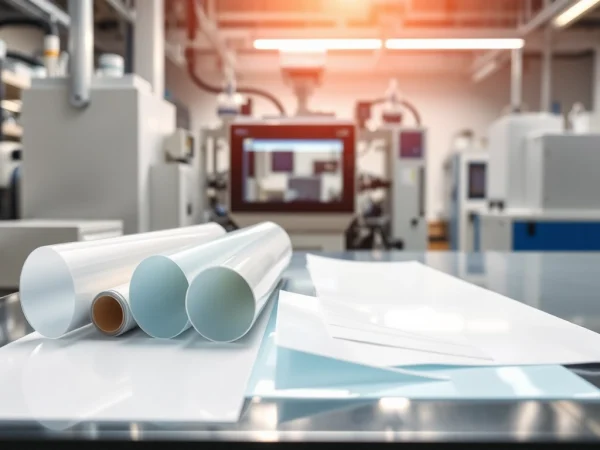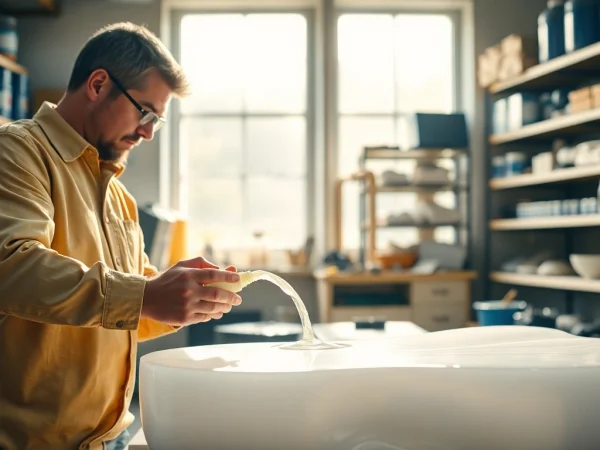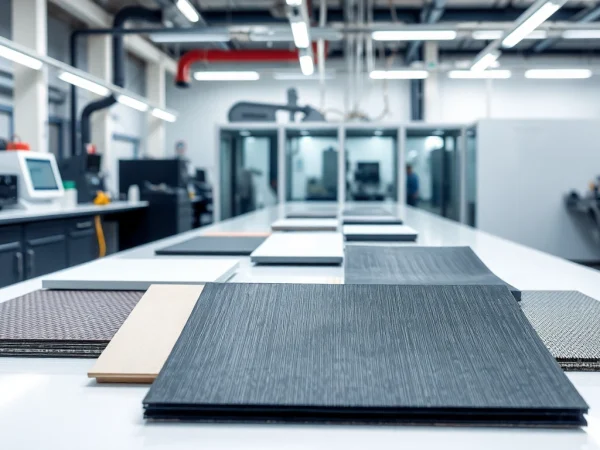Mastering Laminating Resin: Techniques, Applications, and Expert Tips
Understanding Laminating Resin
What is Laminating Resin?
Laminating resin is a critical component in the composite materials industry, primarily used to bond layers of fabrics, like fiberglass or carbon fiber, in various applications. This resin serves as a matrix that provides strength, durability, and resistance against environmental factors. Under specific conditions, laminating resin is transformed from a liquid state into a solid form, creating a rigid structure that can withstand various stresses and loads.
Derived from unsaturated polyester or epoxy formulations, laminating resin is sought after for its remarkable adhesion properties and its ability to cut down on curing time, making it an efficient choice for many manufacturing processes. This resin is most commonly utilized in boat building, commercial construction, automotive manufacturing, and even in artistic endeavors.
For those seeking to understand or apply laminating resin, an excellent starting point is to explore various products in the market, such as laminating resin options that cater to different project needs and specifications.
Types of Laminating Resin
Understanding the differences among the types of laminating resin is essential for selecting the right product for your project. The two primary categories include:
- Polyester Laminating Resin: This type is favored for its cost-effectiveness and is widely used in the marine industry due to its excellent moisture resistance and strength. However, it typically has a lower strength-to-weight ratio compared to epoxies.
- Epoxy Laminating Resin: Known for its superior adhesion and flexibility, epoxy resins are preferred for high-performance applications. They exhibit better resistance to various chemicals, moisture, and extremes in temperature, making them suitable for applications in severe environments.
Each type of laminating resin has its unique formulations that affect the final properties of the composite materials. For example, polyester resins often cure faster but may not provide the same structural integrity as epoxy resins when exposed to harsh conditions.
Key Properties and Benefits
Laminating resin boasts several characteristics that enhance the performance of composite materials:
- Adhesion: Excellent adhesion to various substrates ensures that layers stay bonded, providing strength.
- Durability: Resins are formulated to withstand physical and chemical loads, ensuring longevity.
- Flexibility: Some formulations allow for flexibility, reducing the risk of cracking during thermal expansion and contraction.
- Moisture Resistance: Particularly relevant in marine applications, this property helps prevent degradation over time.
- Lightweight: Compared to traditional building materials, laminating resin contributes to lighter structures without compromising strength.
Applications of Laminating Resin
Marine Uses for Laminating Resin
The marine industry relies heavily on laminating resin for crafting hulls and other integral parts of boats and ships. Polyester laminating resin, in particular, is popular due to its affordability and durability, providing an adequate barrier to water intrusion. Additionally, its tacky finish between coats allows for optimal bonding when multiple layers are applied. As boat builders aim for lightweight yet robust designs, laminating resin stands out as a fundamental material.
Furthermore, laminated fabrics provide great resistance to corrosion, ensuring that vessels can withstand the rigors of the marine environment over prolonged periods without significant degradation.
Construction and Industry Applications
Laminating resin plays a pivotal role in the construction industry, particularly in reinforcement applications. Composite materials, enhanced by laminating resin, are extensively used in beams, flooring, and roofing solutions. These materials exhibit superior strength-to-weight ratios, allowing for innovative architectural designs that reduce material costs while maintaining structural integrity.
Moreover, in industrial settings, laminating resin is key in manufacturing composite materials used for heavy machinery and components, providing a solution that optimizes performance and reliability.
Art and Craft Projects
Beyond industries, laminating resin has found its way into the artistic community, enabling creators to craft stunning projects—from furniture to unique sculptures. Artists appreciate its versatility and capability of creating visually appealing finishes, making it a popular medium for mixed media art pieces. Moreover, the resin’s clarity enables artists to encase objects or embed unique materials, adding depth to their creations.
The ability to customize colors and finishes also allows for endless creative possibilities, giving artists a powerful tool to bring their visions to life.
Choosing the Right Laminating Resin
Factors to Consider When Selecting Laminating Resin
Choosing the correct laminating resin involves considering several factors:
- Application Type: Determine whether the project is marine, industrial, or artistic to choose between polyester and epoxy formulations.
- Environmental Resistance: Assess the conditions in which the laminated structure will be used; high-temperature or moisture environments may necessitate epoxy options.
- Workability: Evaluate how easy the resin is to work with, including its curing time and application method. Some formulations are more user-friendly, especially for beginners.
- Budget: Cost varies between resin types; project funding will influence the selection. While epoxy resins may be pricier, they often offer improved performance.
Comparing Resin Types: Polyester vs. Epoxy
The debate between polyester and epoxy laminating resins continues as both have distinct advantages:
- Polyester Resin: Generally cheaper, easier to work with, and cures faster. However, it may not withstand extreme conditions as effectively as epoxy.
- Epoxy Resin: Offers a superior bond, better resistance to chemicals, and can cure in a broader range of temperatures. Yet, it can be more expensive and has a longer curing time.
When deciding, consider project requirements versus costs—sometimes, the longevity and performance of epoxy can justify the higher price compared to polyester.
Cost and Value Analysis
The cost of laminating resin can vary significantly based on the type, brand, and quantity. While polyester resins often serve as an entry-point option for many DIY and professional projects due to their lower price point, the long-term value of choosing epoxy may outweigh initial savings through enhanced durability and reduced maintenance.
When evaluating cost, also consider the total project value—time, labor, and the potential for early failure of lower-quality materials can incur additional costs down the line. Investing in higher-quality laminating resin can lead to better outcomes in terms of final product performance and aesthetic appeal.
Application Techniques for Laminating Resin
Preparation and Setup for Best Results
Proper preparation and setup are vital before applying laminating resin to ensure optimal adhesion and performance. Follow these steps:
- Workspace Preparation: Ensure your workspace is clean, well-ventilated, and free of contaminants that could interfere with the resin’s adhesion.
- Material Acclimatization: Allow your fabrics and surfaces to acclimate to the room temperature for better resin flow and curing.
- Tools and Equipment: Have all necessary tools, such as brushes, rollers, and mixing containers, ready to ensure a smooth application process.
Step-by-Step Application Process
The application of laminating resin typically follows a straightforward process:
- Mix the Resin: If using a hardener, mix it according to the manufacturer’s instructions. Ensure proper ratios for optimal performance.
- Apply the First Layer: Use a brush or roller to apply a generous coat of resin to the substrate. Ensure even coverage without missing spots.
- Lay Your Fabric: Carefully place the fiberglass or other fabric over the applied resin while it is still wet.
- Wet Out the Fabric: Pour additional resin over the fabric and roll it to saturate completely, ensuring no dry patches remain.
- Allow to Cure: Follow the established curing times stated on the resin packaging, ensuring the workpiece remains undisturbed during this period.
Common Mistakes to Avoid
As with any process, several mistakes can occur during the application of laminating resin. Here are some common pitfalls and how to avoid them:
- Inadequate Mixing: Failing to thoroughly mix the resin and hardener can result in uneven curing. Always follow the mixing instructions closely.
- Skipping Surface Preparation: Not cleaning and prepping the surfaces can lead to poor adhesion. Take time to prepare your materials properly.
- Improper Curing Conditions: Environmental conditions, such as temperature and humidity, can affect curing. Monitor and maintain proper conditions.
Maintenance and Storage of Laminating Resin
Proper Storage Guidelines
To maximize the shelf life and efficacy of laminating resin, proper storage is crucial. Keep the resin in a cool, dark place, tightly sealed to prevent moisture and contaminants from entering the container. Avoid exposing it to extreme temperatures, as this can affect its chemical properties.
Using the resin within the manufacturer’s recommended time frame ensures that you achieve optimal performance in your applications. Additionally, label containers with the date of purchase to monitor their shelf life easily.
Shelf Life and Expiration
Laminating resin generally has a defined shelf life during which it maintains its properties, typically ranging between 6 months to a year. After this period, the resin may not cure properly or may not bond as effectively. Always check for manufacturer recommendations on shelf life and replacement protocols to ensure you’re using resin in prime condition.
Recycling and Disposal Considerations
Given the chemical constituents of laminating resin, safe disposal methods are vital to minimize environmental impact. Follow local regulations on hazardous waste disposal and, when possible, seek recycling programs that handle resin materials. Remember that pouring resin down the drain or throwing it away in regular trash can lead to environmental hazards.
Where applicable, consult with local waste management authorities or environmental organizations for guidance on proper disposal practices.










